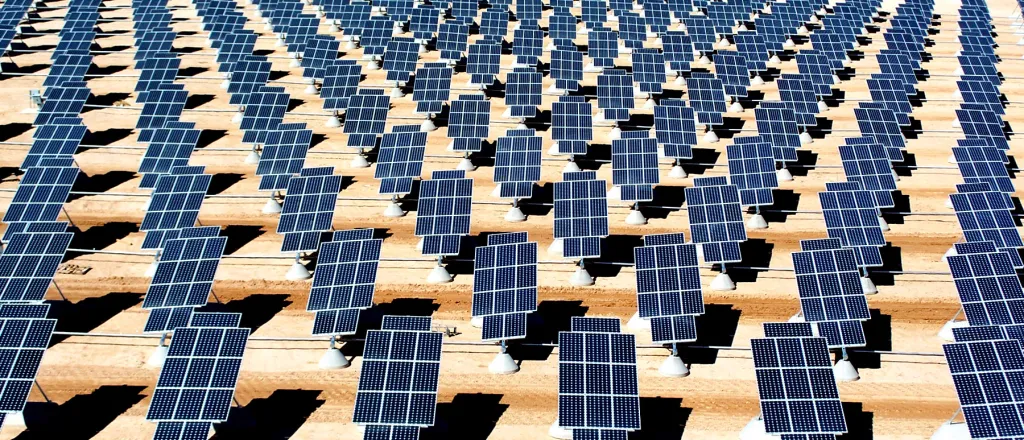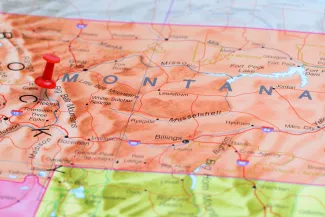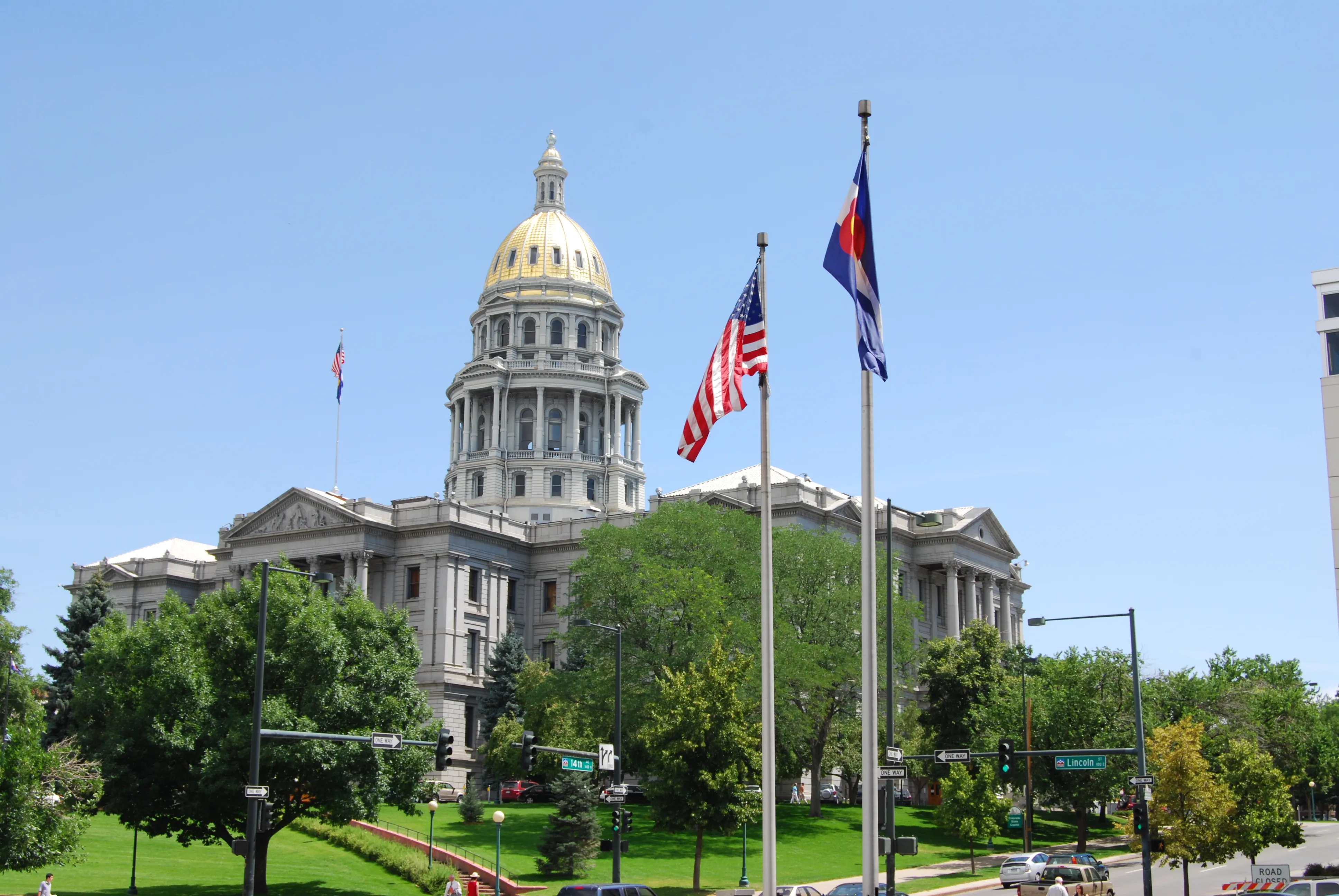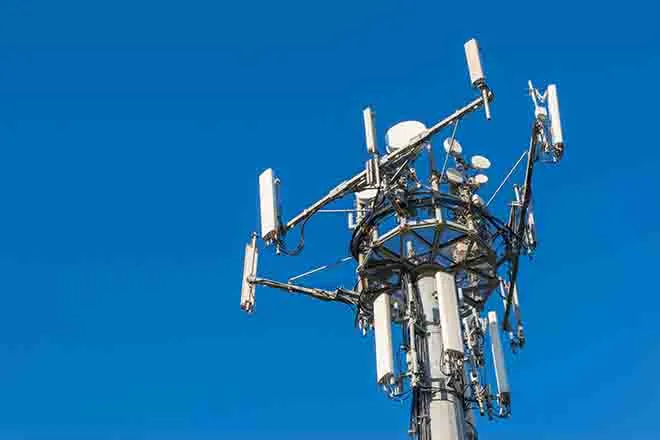
Montana land proposed for solar power
Click play to listen to this article.
(Big Sky Connection) The Bureau of Land Management has proposed expanding the public land available for solar power production in 11 states, including Montana.
The BLM's Western Solar Plan builds on a version first released in 2012 and focuses on harnessing the potential in Western and Plains states most amenable to solar production.

Nick Fitzmaurice, energy transition engineer for the Montana Environmental Information Center, said the expanded plan reflects the country's growing demand for solar energy.
"It's projected that 700,000 acres of solar development are going to be needed to meet future clean goals, and in the range of about 5,000 of those acres are going to be in Montana," Fitzmaurice explained. "It's a small part of the picture but important that all our open land that is able to contribute to solar can do so."
The Wilderness Society released a statement supporting the proposed Western Solar Plan expansion. The BLM is taking public comment on it until April 18.
The BLM has already done an environmental impact statement, which can sometimes be a stumbling block for such projects.
Fitzmaurice pointed out Montana was not part of the first Western Solar Plan. He thinks adding the state and having the BLM involved in siting the facilities will be crucial as Montana takes advantage of its alternative energy opportunities.
"It's really important that BLM gets ahead of this," Fitzmaurice asserted. "As these applications for development come in, they are able to be sited and put in locations that will minimize the impact on this important public land resource that we have."
Fitzmaurice added the plan proposes solar facilities be built near existing power transmission lines but not near culturally sensitive areas of Montana. Critics of the proposal said additional solar development could threaten wildlife species and habitat.
















